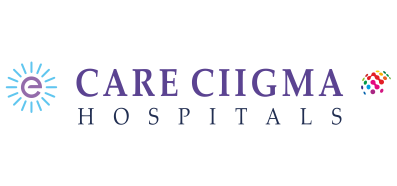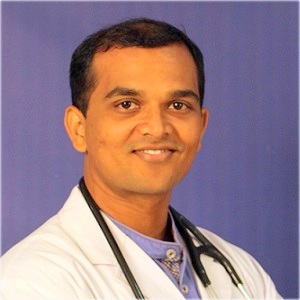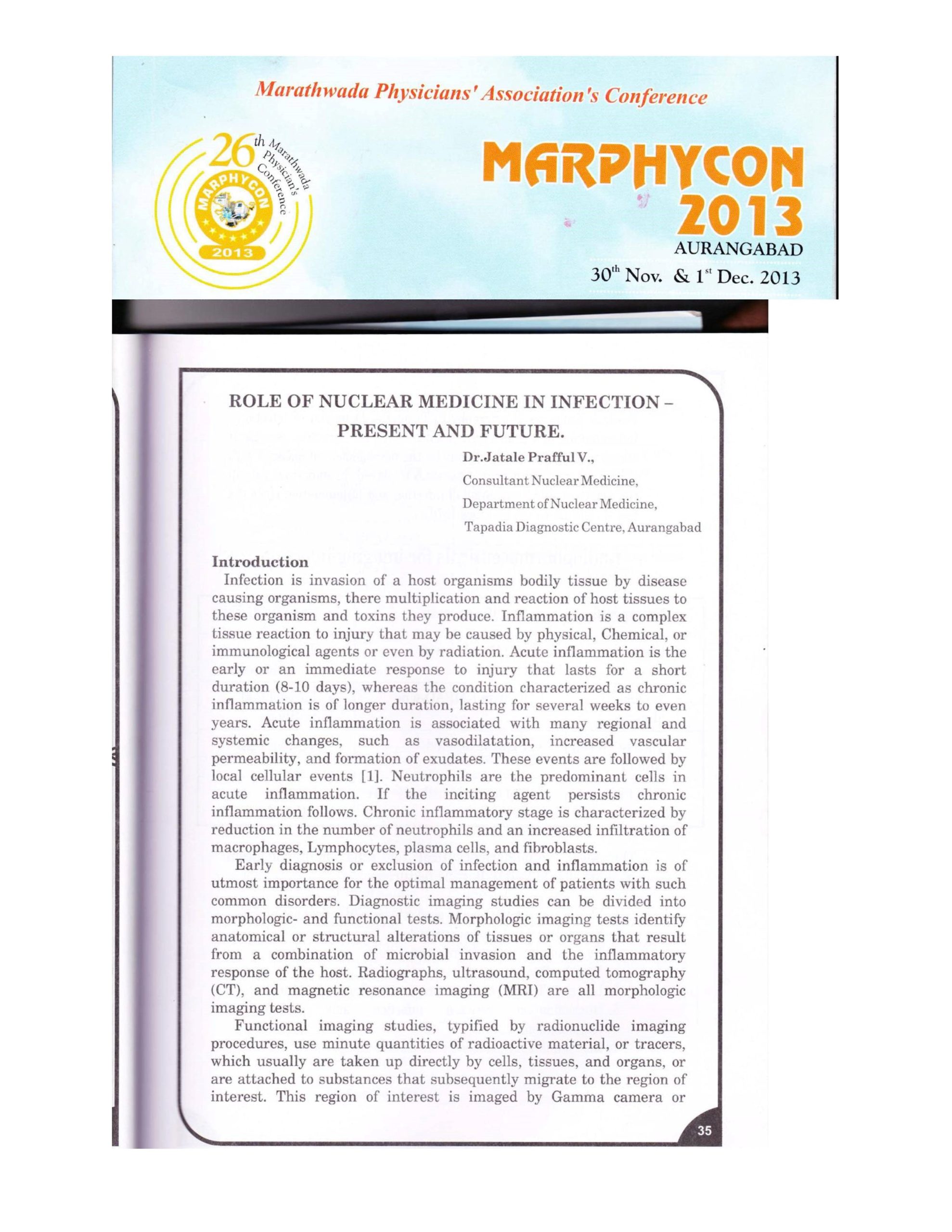Nuclear Medicine
Nuclear Medicine
MIBG scan
Brain Scan
Pharmacological stress thallium scan
What We Do
- Nuclear Medicine is a medical specialty that uses small amounts of radioactive materials, known as radiopharmaceuticals, for diagnostic, therapeutic, and research purposes. Pharmaceuticals are specific for the organ, tumour or tissue desired to be studied. These pharmaceuticals are attached to radiation (gamma, beta) emitting radionuclides (Nuclear), so called Nuclear Medicine. Once injected into a patient these radiopharmaceuticals localize in the area of interest, which is then imaged using a special camera. Highly simplified, it is something like taking an X-ray from the inside-out.
- Nuclear Medicine provides unique information about both structure and function of nearly every human organ. It is the ability to characterize and quantify physiologic function that makes nuclear medicine different from an X-ray / CT or MRI. As radiopharmaceuticals become more sophisticated, it is becoming possible to see inside of human beings at the molecular level.
- Nuclear medical procedures are safe, both for the patient and the physicians and technologist performing the tests. Patients experience little or no discomfort and do not require anesthesia. Exposure to radioactivity is monitored closely, and kept well below safety limits. The radiation exposure is usually as much and often lower than the exposure produced by a similar radiological study such as CT.
- Nuclear medicine technology is a highly patient-oriented field. It is a vigorous, dynamic field that has seen dramatic growth over the past two decades and is expected to grow even more in the near future. New radiopharmaceuticals and imagining technologies are continually being developed.
- The imaging time depends on the organ to be studied – and can last from 5 minutes in case of Thyroid scan to 60 minutes in case of bone scan. All the radiotracer compounds used are free of adverse reactions.
Is Nuclear Medicine Safe?
- Nuclear medicine procedures are among the safest diagnostic imaging exams available. A patient only receives an extremely small amount of a radiopharmaceutical, just enough to provide sufficient diagnostic information. In fact, the amount of radiation from a nuclear medicine procedure is comparable to, or often times less than, that of a diagnostic x-ray.
- Although we don’t think much about it, everyone is continually exposed to radiation from natural and manmade sources. For most people, natural background radiation from space, rocks, soil, and even carbon and potassium atoms in his or her own body, accounts for 85 percent of their annual exposure. Additional exposure is received from consumer products such as household smoke detectors, color television sets, and luminous dial clocks. The remainder is from x-rays and radioactive materials used for medical diagnosis and therapy. With most nuclear medicine procedures, the patient receives about the same amount of radiation as that acquired in a few months of normal living.
Our Nuclear Medicine Department
- It’s our pleasure to inform you that United Ciigma Hospital has started its fully functional Nuclear Medicine Department W.e.f. 1st January 2014. It is being managed by full time Nuclear Medicine consultant Dr. Prafful Jatale. Dr. Prafful Jatale have successfully completed MBBS, DRM, DNB (Nuclear Medicine) from Tata Memorial Hospital.
- The Department of Nuclear Medicine at the UNITED CIIGMA HOSPITAL, Aurangabad has been a pioneer in the Marathwada region for this specialty. This is one of the first planned department in Marathwada region.
- Nuclear Medicine is science of using Nuclear energy for peaceful purpose. Radiopharmaceuticals are molecules or chemicals that are attached to a small amount of radioactive isotope that once administered to the patient are able to specifically localize within organs and/or organ systems in health and disease. The imaging is done with highly sophisticated equipment known as GAMMA CAMERA SYSTEM.
- Now with all expertise in Nuclear Medicine i.e. Imaging and Therapies their Super Specialty services are available at United Ciigma Hospital.
Sub-Departments
-
Department of Nuclear Medicine
- GAMMA CAMERA and Low dose Radio-iodine therapy.
- High dose Radio-iodine therapy- Coming Soon……
-
Department of Thyroid OPD Consultation
- Hyperthyroid diseases (excess levels of thyroid hormones in blood)
- Hypothyroid diseases (low levels of thyroid hormones in blood)
- Thyroid diseases in pregnancy
- Congenital (present since birth) and pediatric thyroid problems
- Thyroid swellings – Goitre, thyroid nodules
- Thyroid cancer- Papillary carcinoma thyroid, medullary carcinoma thyroid, follicular carcinoma thyroid etc.
- Radio-iodine treatment for Graves’ disease, toxic multinodular goitre, autonomous thyroid nodule.
- Radio-iodine treatment for thyroid carcinoma (cancer) patients.
-
Department of Nuclear Oncology & Treatments
- Expertise in managing other cases requiring Nuclear Medicine Therapies such as Samarium treatment for metastatic bone pain management; Neuroblastoma, Medullary Ca-Thyroid and Pheochromocytoma therapies.
- Iodine therapy In Graves’ disease and Ca Thyroid Cases
-
Department of PET-CT
- F-18 FDG
- F-18 –PSMA
- F-18 Fluoride
- 68 Gallium Generator
Treatments & Services
-
Thyroid Scan
- Pre procedure preparation:None
- Method of administration:Tc99m Pertechnetate is injected intravenously, blood flow, blood pool and after 20 minutes static images will be acquired for anterior neck.
- Procedure imaging time:20 min
- Total time along with reporting: 60 to 90 minutes.
- Post procedure instructions:Avoid contact with small children less than 5 years and pregnant lady for 1 day. Stop breast feeding for 24 hours and encourage patient to pass urine more frequently.
-
Indication for Thyroid Scan
- Determination of thyroid size, function and position.
- Evaluation of functional status of thyroid nodules.
- Differentiating Thyroiditis from Grave’s disease.
- Evaluation of Thyroid and neck masses.
- Quantitative thyroid uptake.
- Detection of ectopic thyroid eg. Lingual thyroid.
- To detect restrosternal extension in MNG or large goiters.
-
Myocardial Perfusion ScaN (MPI) – Stress Thallium
- Pre procedure preparation:Discontinue beta blockers one day prior to test and calcium channel blockers and nitrates on the day of test. Fasting for 4 – 6 hrs.
- Method of administration:Patient has to undergo physiological / pharmacological stress. 99mTc Sestamibi is injected when patient achieves 85% THR . 45 mins post injection scan is performed. Almost after 1hour 99mTc Sestamibi is again injected to the patient in the resting position(SOS post nitrate) . 45 mins post injection scan is performed.
- Procedure imaging time:20 – 30 mins for each set of images (stress and rest imaging).
- Injection to imaging time: 20 – 30 mins
- Total time along with reporting: 3 – 5 hrs.
- Post procedure instructions:Avoid contact with small children less than 5 years and pregnant lady for 1 day. Stop breast feeding for 24 hours and encourage patient to pass urine more frequently.
-
Diagnosis of coronary artery disease
- Chest Pain. Cardiac or Non-cardiac? To know accurately and non-invasively.
- Prognosis of known coronary artery disease.
- Risk stratification in known or suspected CAD.
- Suspected restenosis after CABG.
- Evaluation of PTCA / stent, anti – angina drugs.
- Pre – operative cardiac risk assessment.
- Assessment of myocardial viability.
-
DTPA/EC RENAL SCAN
- Pre procedure preparation:Patient should be well hydrated orally.
- Method of administration:Tc99m DTPA/EC is injected IV after ensuring good hydration of the patient. I.V. Lasix is given after 10 mins of tracer injection. Sequential dynamic images are obtained for 31 minutes followed by post void and 1hour delayed image.
- Procedure imaging time:1 to 2 hrs.
- Injection to imaging time: Immediate followed by delayed image.
- Total time along with reporting: 2 – 4 hrs.
- Post procedure instructions:Drink lots of liquids if renal status is normal or consult your doctor. Avoid contact with small children less than 5 years and pregnant lady for 1 day. Stop breast feeding for 24 hours and encourage patient to pass urine more frequently.
-
DTPA/EC RENAL SCAN Indications
- Evaluation of differential renal function.
- Evaluation of obstructive uropathy.
- Evaluation of unequal sized kidney /? Agenesis of kidney.
- Indirect radio nuclide cystography of VU reflux.
- Follow up renal transplantation.
- To know GFR in Kidney donor.
-
DMSA RENAL SCAN (CORTICAL FUNCTION)
- Pre procedure preparation:Good Hydration
- Method of administration:Scan Time 15mins.
- Procedure imaging time:Tc99m DMSA is injected intravenously after ensuring good hydration of the patient. Static images in posterior, LPO & RPO views are acquired at 2.5 hrs post injection.
-
DMSA RENAL SCAN (CORTICAL FUNCTION) Indications
- Diagnosis of acute pyelonephritis
- Diagnosis of renal scarring
- Congenital anomaly of kidney
-
MILK SCAN (GE Reflux)
- Pre procedure preparation:Fasting for 4 hrs
- Method of administration:99mTc-DTPA is fed orally to the baby mixed in 5 ml milk. & then unlabelled 50 ml milk is given to wash the esophagus and sequential dynamic images are acquired for 30 minutes (10sec/frame) immediately thereafter. Static anterior & posterior abdomen image was taken after 1 hour.
- Procedure imaging time:1 to 2 hrs
- Total time along with reporting: 3 hours.
- Post procedure instructions:No specific.
-
MILK SCAN (GE Reflux) Indications
- Detection of GE reflux in infants having LRTI.
-
BONE SCAN
- Pre procedure preparation:Patient should be well hydrated.
- Method of administration:20 mCi of Tc 99m M.D.P. is administered intravenously and after 2.5 hours anterior and posterior images is acquired of the whole skeleton.
- Procedure imaging time:45 to 60 mins.
- Injection to imaging time: Sometimes immediate, followed by 3-4 hrs delayed imaging.
- Total time along with reporting: 5 – 6 hrs.
- Post procedure instructions:Drink lots of liquids if renal status is normal or consult your doctor. Avoid contact with small children less than 5 years and pregnant lady for 1 day. Stop breast feeding for 24 hours and encourage patient to pass urine more frequently.
-
BONE SCAN Indications
- Screen for bone metastases in patient with malignancy.
- Infection (osteomyelitis vs. cellulitis).
- Evaluation of suspected fracture and stress fractures.
- Evaluation of avascular necrosis and vascularity of bone graft.
- Evaluates response to chemo, or radiation treatment for cancer.
- Evaluation of prosthesis for loosening or infection.
- Evaluation of nonspecific X-ray/ MRI bone signals.
- Metabolic bone disease.
-
GASTRIC EMPTYING
- Pre procedure preparation:Fasting for 4 hrs
- Method of administration:Oral.
- Procedure imaging time:1.5 to 2 hrs
- Total time along with reporting: immediate
- Post procedure instructions:Avoid contact with small children less than 5 years and pregnant lady for 1 day. Stop breast feeding for 24 hours and encourage patient to pass urine more frequently.
-
GASTRIC EMPTYING Indications
- DIABETIC GASTROPARESIS.
-
RADIO-IODINE ABLATION
- Pre procedure preparation:Fasting for 4 hrs
- Method of administration:Oral.
- Total time along with reporting: 2 to 3 hours
- Post procedure instructions:Drink lots of liquids if renal status is normal or consult your doctor. Avoid contact with small children less than 5 years and pregnant lady for 8 days. Stop breast feeding for 3-4 weeks, avoid conceiving for next 6 months and encourage patient to pass urine more frequently and flush it 2-3 times.
-
RADIO-IODINE ABLATION Indications
- I-131 in Graves’ disease ( Patient not relieved after anti-thyroid medication)
- Toxic MNG
- Toxic adenoma
- In Ca thyroid – Post total thyroidectomy – for residual remnant ablation (30 mci- low risk)
Pre procedure preparation: None Method of administration: Tc99m Pertechnetate is injected intravenously, blood flow, blood pool and after 20 minutes static images will be acquired for anterior neck. Procedure imaging time: 20 min Total time along with reporting: 60 to 90 minutes Post procedure instructions: Avoid contact with small children less than 5 years and pregnant lady for 1 day. Stop breast feeding for 24 hours and encourage patient to pass urine more frequently.
Instruments Used
- Gamma Camera







